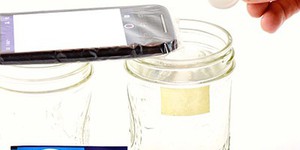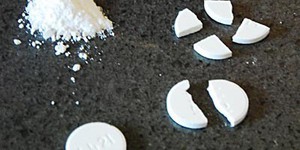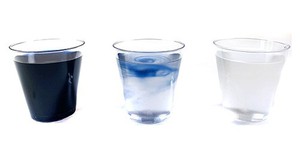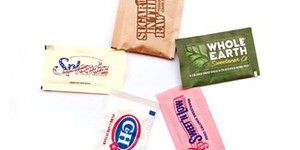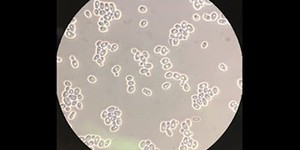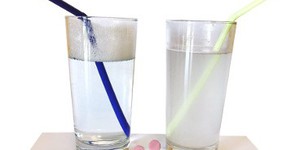Others Like “Can You Change the Rate of a Chemical Reaction by Changing the Particle Size of the Reactants?” (top 20 results)
|
This is a straightforward, fun project to measure the rate of the chemical reaction that occurs when Alka-Seltzer® tablets are plopped into water. You will track the volume of carbon dioxide gas produced at regular intervals after the reaction begins. How does changing the temperature of the water affect the production of gas?
Read more
Alka-Seltzer® tablets fizzle furiously when dropped into water. The moment the tablet starts dissolving, a chemical reaction occurs that releases carbon dioxide gas. In this science project, you can even measure how long and loudly your tablet fizzes using a smartphone equipped with a sensor app. Do you think you can make Alka-Seltzer fizz faster or more loudly by changing the temperature of the water? How big of a difference in the rate of a chemical reaction can temperature make?
Read more
Some chemical reactions occur explosively fast, others may occur almost imperceptibly s-l-o-w-l-y. This project explores what effect the particle size of the reactants has on the speed of a chemical reaction: production of carbon dioxide gas by an Alka-Seltzer® tablet.
Read more
The iodine clock reaction is a favorite demonstration reaction in chemistry classes that usually requires toxic or hazardous chemicals. During the reaction, two clear liquids are mixed, resulting in another clear liquid. After some time, the solution suddenly turns dark blue. The reaction is called a clock reaction because the amount of time that elapses before the solution turns blue depends on the concentrations of the starting chemicals. In this green chemistry project, you will use a…
Read more
The rates of some chemical reactions can actually be increased by adding light. Light sometimes interacts with one or more of the chemicals and provides an "energy boost" that dramatically speeds up a normally slow reaction. In this photochemistry science project, you will experiment with the effect of light on a chemical reaction. The reaction converts iodine, which forms a dark-orange solution, to iodide, which is colorless!
Read more
Have you ever wondered how antibiotics and other medicines are able to stop dangerous infections? How do such medications kill microorganisms without in general harming the person the microorganisms are infecting? Because many different types of microorganisms can infect us, we have had to develop an amazing number of ways to deal with these harmful microbes. Fungal infections can be particularly dangerous, but we have developed many different antifungal medications that can usually deal with…
Read more
There is nothing quite like the smell of fresh-baked bread to make your mouth water! As any baker can tell you, you cannot bake bread without yeast. Yeast actually eat sugar so that they can reproduce and make more yeast, and make bread dough rise. But can they use sugar substitutes to do this? In this science project you will get to investigate how well yeast grow with sugar substitutes as a food source. Pass the butter, please!
Read more
This is a straightforward project on glucose metabolism in yeast. You will grow yeast under aerobic and anaerobic conditions and measure carbon dioxide output to assess metabolic efficiency.
Read more
Did you know that your body needs a certain amount of iron in order to stay healthy? Iron can be found in much of what you consume each day. Almond flour—frequently used in cookies—is just one example of an iron-rich food. However, only a small fraction of the iron in food gets absorbed by the body, partially because the body can only absorb dissolved iron. In this project, you will study whether the acidic environment in your stomach helps dissolve iron. You will use a color-based…
Read more
Have you ever wondered why bubbles form when you mix soap and water? Is it possible to mix soap and water without making bubbles? Medical doctors actually study similar questions when they treat patients who have too much gas trapped in their digestive system, which can cause pain and bloating and also signal a serious medical problem. Some drugs, including one called simethicone, can help relieve extra gas in the digestive system. In this science project you will find out how simethicone…
Read more
|
Explore Our Science Videos
How to Build a Toy Car - Science Project
Homemade Hand Sanitizer Gel
Investigate Alien Genetics



